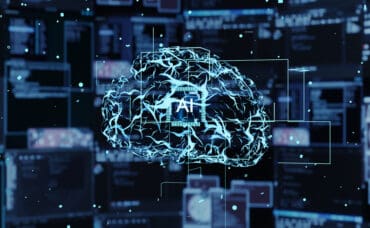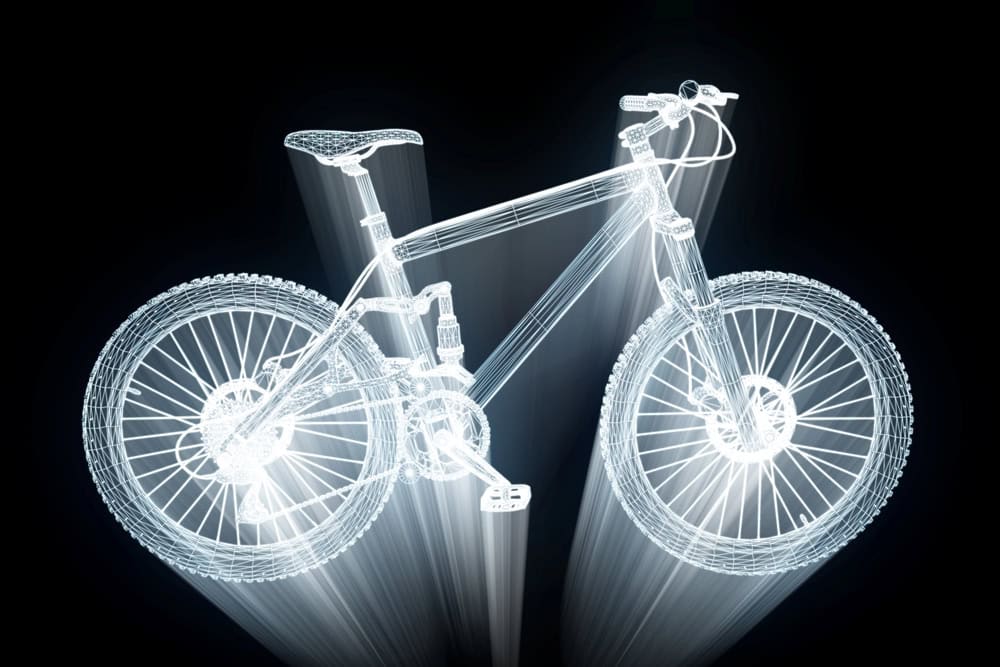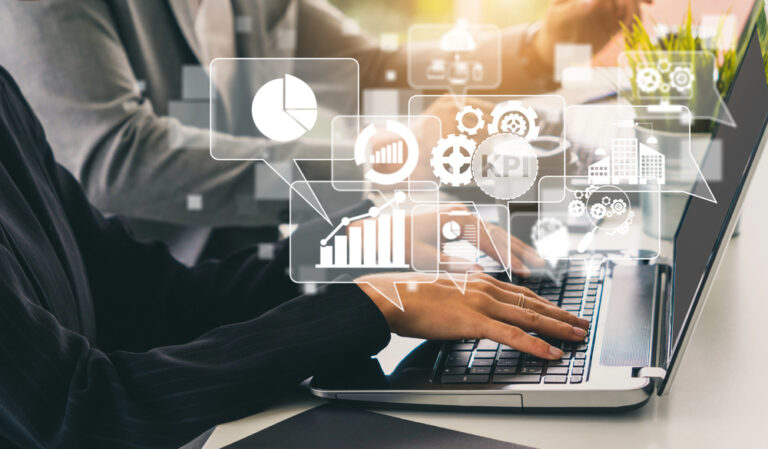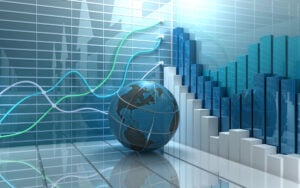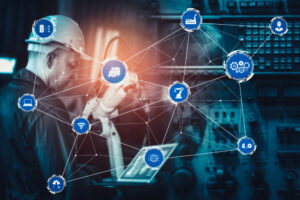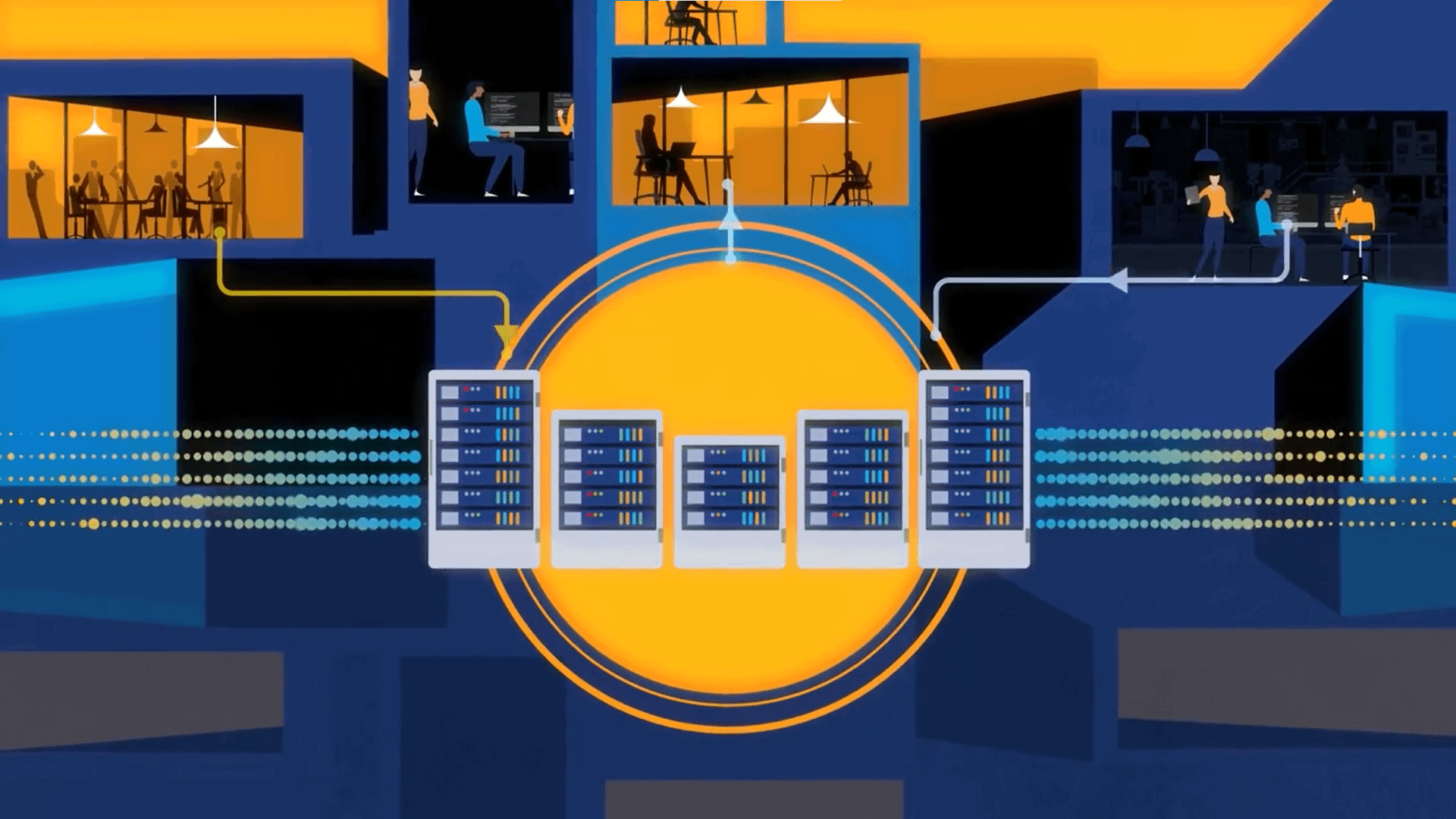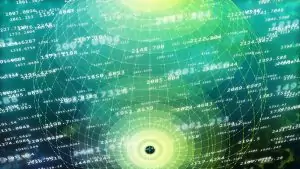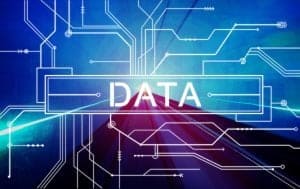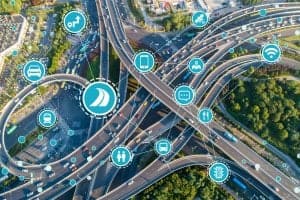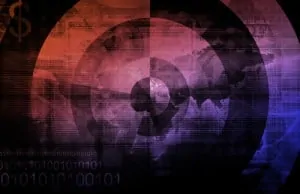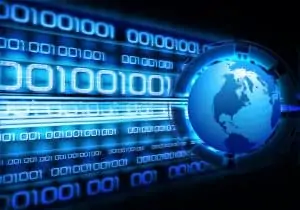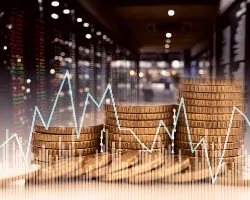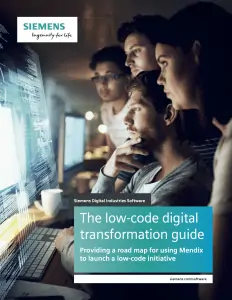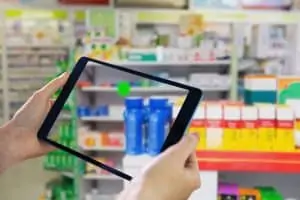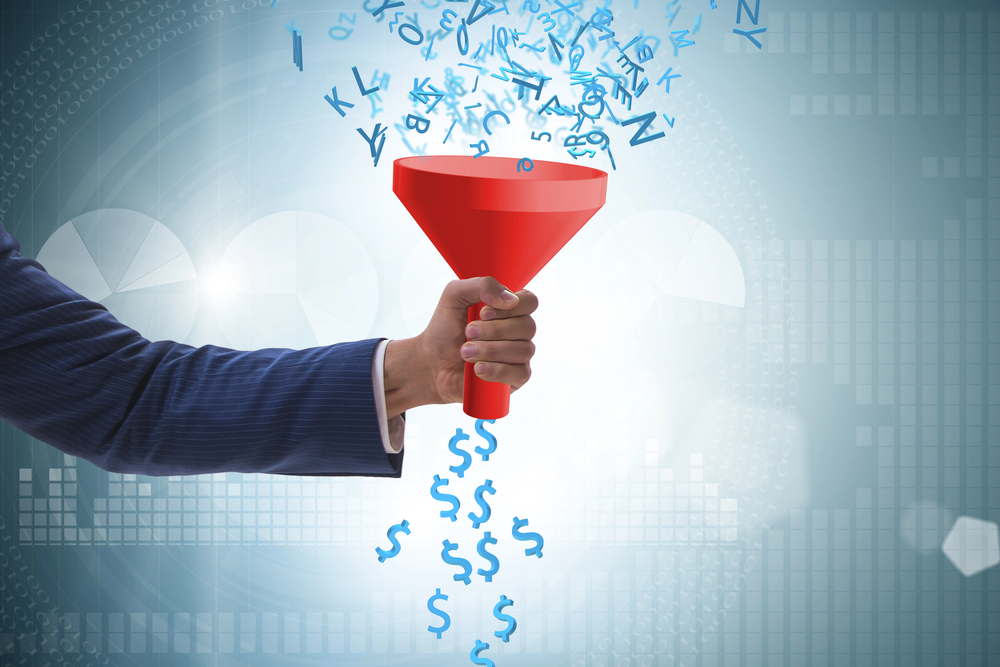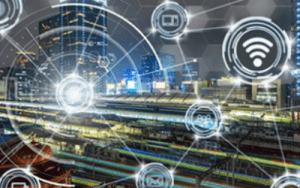
The industrial sector has always thrived on adaptation. AI, IoT, software-defined systems, and digital twins represent the next stage of that evolution.
Leaders today face relentless pressure: deliver growth while navigating rising costs, volatile supply chains, and intensifying sustainability mandates. In this environment, the central question is no longer whether to adopt new technologies, but how to deploy them strategically. Artificial intelligence (AI), the Internet of Things (IoT), software-defined systems, and digital twins are no longer experimental. They are the capabilities shaping how organizations design, operate, and scale for the future.
Rather than disruptors, these technologies serve as enablers of resilience, efficiency, and sustainable growth. Organizations that embrace them aren’t simply keeping pace with change; they are laying the foundation to succeed in a future defined by both uncertainty and opportunity.
At the heart of this transformation is data. Industrial systems now generate more information than at any point in history. The challenge is not data scarcity but the ability to turn raw streams into actionable intelligence. According to the World Economic Forum, digitalization of industry could reduce global emissions by up to 20% by 2050 while unlocking trillions in new economic value.
See also: Adaptive Edge Intelligence: Real-Time Insights Where Data Is Born
AI, IoT, software-defined systems, and digital twins provide the bridge between data and decisions. Together, these tools shift leaders from reactive decision-making toward predictive and preventive strategies, a shift that is rapidly becoming a competitive necessity. Let’s break down the role each plays:
1. Using AI to Turn Data Into Decisions
AI serves as the brain of modern industry. By processing massive amounts of data at speed, it uncovers patterns, makes recommendations, and increasingly acts autonomously. In manufacturing, AI-powered quality control systems spot flaws invisible to human inspectors, reducing waste and rework. In utilities, advanced algorithms balance renewable generation with demand in real time, helping stabilize increasingly complex grids. In transportation, predictive analytics improve fleet reliability while lowering fuel consumption. Across these examples, AI’s greatest strength lies in shifting organizations from hindsight to foresight, equipping leaders to anticipate disruptions before they occur.
2. How The Internet of Things Provides Real-Time Visibility
If AI is the brain, IoT is the nervous system. Networks of connected sensors collect real-time data from machines, buildings, and infrastructure, giving organizations continuous visibility into their operations. This enables them to monitor conditions, measure performance, and respond quickly when anomalies arise.
A factory, for instance, can track vibration data to detect early signs of equipment fatigue. A smart building can measure occupancy and automatically adjust lighting or HVAC use. A logistics provider can monitor goods in transit to prevent spoilage or damage. In each case, IoT turns industrial assets into data-generating nodes, ensuring leaders have the inputs they need to make informed decisions.
3. Agility at Scale With Software-Defined Systems
Historically, industrial systems were tightly bound to their physical hardware. Retooling or reconfiguring them often meant significant downtime and major capital investment. Software-defined approaches break this rigidity by decoupling logic from hardware, allowing changes to be made virtually rather than physically.
A production line, for example, can be reprogrammed without altering equipment, while an energy management system can adjust dynamically to shifts in demand. This flexibility not only accelerates innovation but also extends the useful life of existing assets. Instead of discarding equipment when requirements evolve, organizations can adapt it digitally, reducing costs and advancing sustainability goals.
4. Digital Twins: A Virtual Mirror of Reality
Digital twins are virtual models of physical systems that are continuously updated with real-world data, enabling leaders to simulate, test, and optimize operations without risk. They can be used to run “what-if” scenarios before implementing changes in production, predict maintenance needs by spotting inefficiencies early, and model energy and resource use to reduce both costs and emissions.
Digital twins also allow organizations to stress-test operations against regulatory requirements or potential disaster scenarios in a safe, virtual environment. With applications expanding from individual assets to entire facilities and global supply chains, the digital twin market is projected to grow into the tens of billions within a few years, underscoring its rising strategic importance.
The Common Thread: Resilience, Efficiency, Sustainability
What unites these technologies is their ability to strengthen organizations on three fronts simultaneously:
- Resilience: Real-time insights help anticipate shocks and adapt before crises escalate.
- Efficiency: Predictive intelligence streamlines processes, optimizes resources, and reduces waste.
- Sustainability: Smarter use of energy and materials advances environmental goals while supporting competitiveness.
Crucially, these outcomes reinforce one another. A predictive model that reduces downtime may also lower carbon emissions. A digital twin that enhances performance can also ease compliance burdens.
The real breakthrough will come from integration. A digital twin without AI is static. AI without IoT lacks real-time inputs. IoT without software-defined systems provides visibility but not agility. The value emerges when these capabilities converge into unified digital ecosystems.
The industrial sector has always thrived on adaptation. AI, IoT, software-defined systems, and digital twins represent the next stage of that evolution. By embedding these capabilities into every stage of design, build, and operation, leaders can build industries that are more competitive, resilient, and sustainable.





